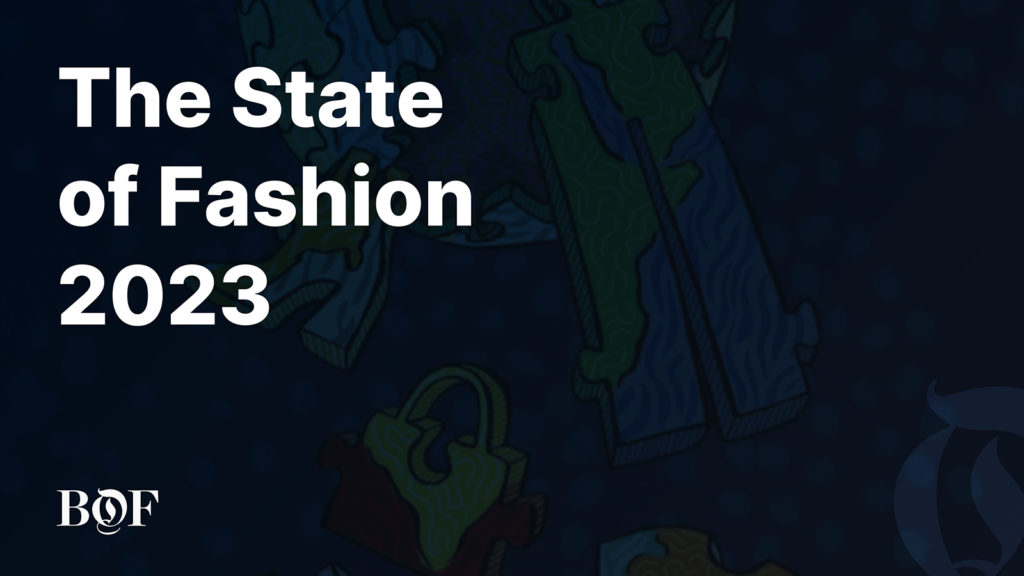
The State of Fashion 2023
In the midst of the fashion industry’s efforts to recover from the disruptions caused by post-COVID-19 challenges, the latter part of 2022 has presented additional difficulties for brands and retailers. The sector has grappled with worsening macroeconomic and geopolitical conditions, leaving fashion executives anxious as they approach 2023.
Despite recent challenges, a significant portion of the industry entered this period on a solid footing, experiencing notable growth in 2021 and the initial half of 2022. The recovery post-pandemic, marked by lifted restrictions and heightened consumer demand, contributed to a 21 percent year-on-year growth in global industry revenues in 2021.
However, as 2022 unfolded, factors such as the war in Ukraine, an escalating energy crisis in Europe, and troublesome inflation prompted central banks to implement interest rate hikes, disrupting the positive trajectory. Looking forward to 2023, fashion executives foresee ongoing challenges, with 85 percent anticipating inflation as a significant market hurdle.
Geopolitical tensions and supply chain disruptions related to the war in Ukraine are also expected to weaken the fashion market, according to 58 percent of executives. McKinsey projects varied global fashion sales growth, with luxury expected at 5 to 10 percent and the rest of the industry ranging from a negative 2 percent to a positive 3 percent.
Regional differences, particularly between the US, China, and Europe, will prominently influence industry dynamics. The evolving landscape necessitates fashion companies to reassess their operations, update organizational structures, and collaborate with manufacturing partners to enhance supply chain strategies.
As the fashion industry grapples with shifting consumer behaviors, a challenging economic environment, and the normalization of e-commerce growth, brands are advised to innovate marketing strategies, consider the return of international travel, and remain appealing to consumers through thoughtful attention to pricing and value.
The emphasis on sustainability, coupled with changing consumer expectations, requires brands to communicate genuinely and avoid “greenwashing” to prevent reputational damage. Successfully navigating the challenges of 2023 will position brands to capitalize on emerging consumer trends and foster growth when uncertainties subside.
Executives are encouraged to adopt pragmatic yet bold strategies, combining cost control with strategic investments in skills growth to thrive in a dynamic and uncertain market.

|
Interested to learn more? |


 LightCastle Editorial Wing
LightCastle Editorial Wing